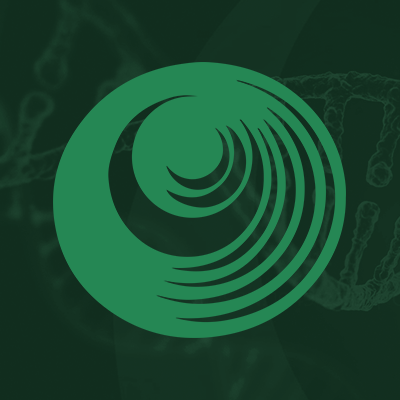Research Papers:
Molecular landscape of HER2-mutated non-small cell lung cancer in Northeastern Brazil: Clinical, histopathological, and genomic insights
PDF | Full Text | How to cite | Press Release
Metrics: PDF 2167 views | Full Text 4431 views | ?
Abstract
Cleto Dantas Nogueira1,2,*, Samuel Frota2,*, Huylmer Lucena Chaves6, Juliana Cordeiro de Sousa3, Guilherme de Sousa Veloso1,2, Francisco Jonathan dos Santos Araujo3, Gabriel Barbosa Silva1,2, Samuel Silva Ferreira2, Marclesson Santos Alves4, Fabio Nasser7, Ezequiel Rangel4, Francisco Martins Neto4, Iusta Caminha1, Ellen Nascimento5 and Fabio Tavora1,2,4
1 Postgraduate Program in Pathology, Federal University of Ceará, Fortaleza, Brazil
2 Argos Pathology Laboratory, Fortaleza, Brazil
3 Postgraduate Program in Natural Resources Biotechnology, Center for Agricultural Sciences, Federal University of Ceará, Fortaleza, Brazil
4 Department of Pathology, Messejana Heart and Lung Hospital, Fortaleza, Brazil
5 InCor-HCFMUSP, São Paulo, Brazil
6 Thoracic Division, São Carlos Imagem Hospital, Fortaleza, Brazil
7 Institute D'Or for Research and Education, Fortaleza, Brazil
* These authors contributed equally to this work
Correspondence to:
| Fabio Tavora, | email: | [email protected] |
Keywords: HER2 mutation; NSCLC; lung cancer; targeted therapy; genomic profiling
Received: December 17, 2024 Accepted: May 28, 2025 Published: June 17, 2025
ABSTRACT
HER2 genomic alterations characterize a specific subset of NSCLC with potential therapeutic relevance. While most studies focus on populations from high-income countries, data from Latin America remains scarce. We retrospectively analyzed 13 HER2-mutated NSCLC cases from a single institution in Northeastern Brazil, integrating clinical, histopathological, immunohistochemical, and molecular findings. Predominant histological patterns included acinar and lepidic subtypes, with HER2 mutations primarily involving exon 20 insertions (A775_G776insYVMA) and frequent co-alterations in TP53, KRAS, and STK11. HER2 protein expression assessed by IHC showed low scores (0–2+) in most cases, while HER2 gene amplification was confirmed in one case by D-DISH and NGS. Tumor mutation burden was universally low. Treatment responses varied, with one patient receiving trastuzumab deruxtecan. Our findings highlight the molecular diversity and diagnostic challenges of HER2-mutated NSCLC in underrepresented populations, emphasizing the need for comprehensive molecular profiling and expanded access to targeted therapies.
 All site content, except where otherwise noted, is licensed under a Creative Commons Attribution 4.0 License.
All site content, except where otherwise noted, is licensed under a Creative Commons Attribution 4.0 License.
PII: 28737
